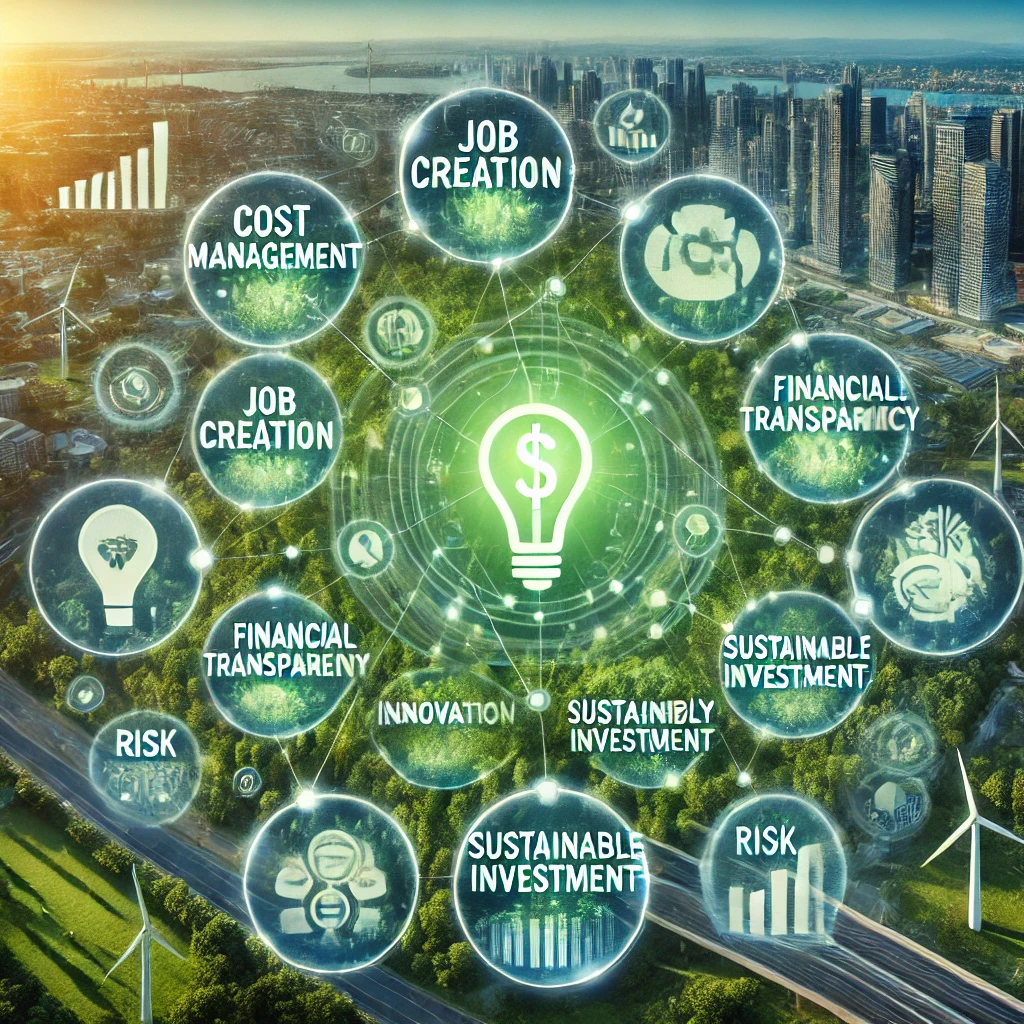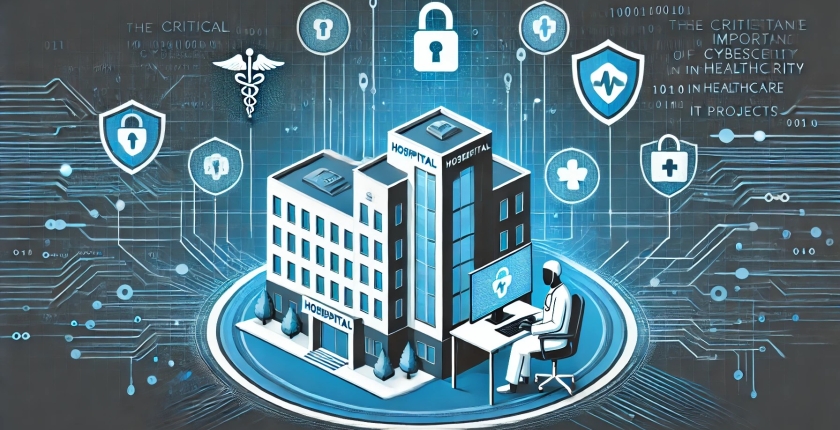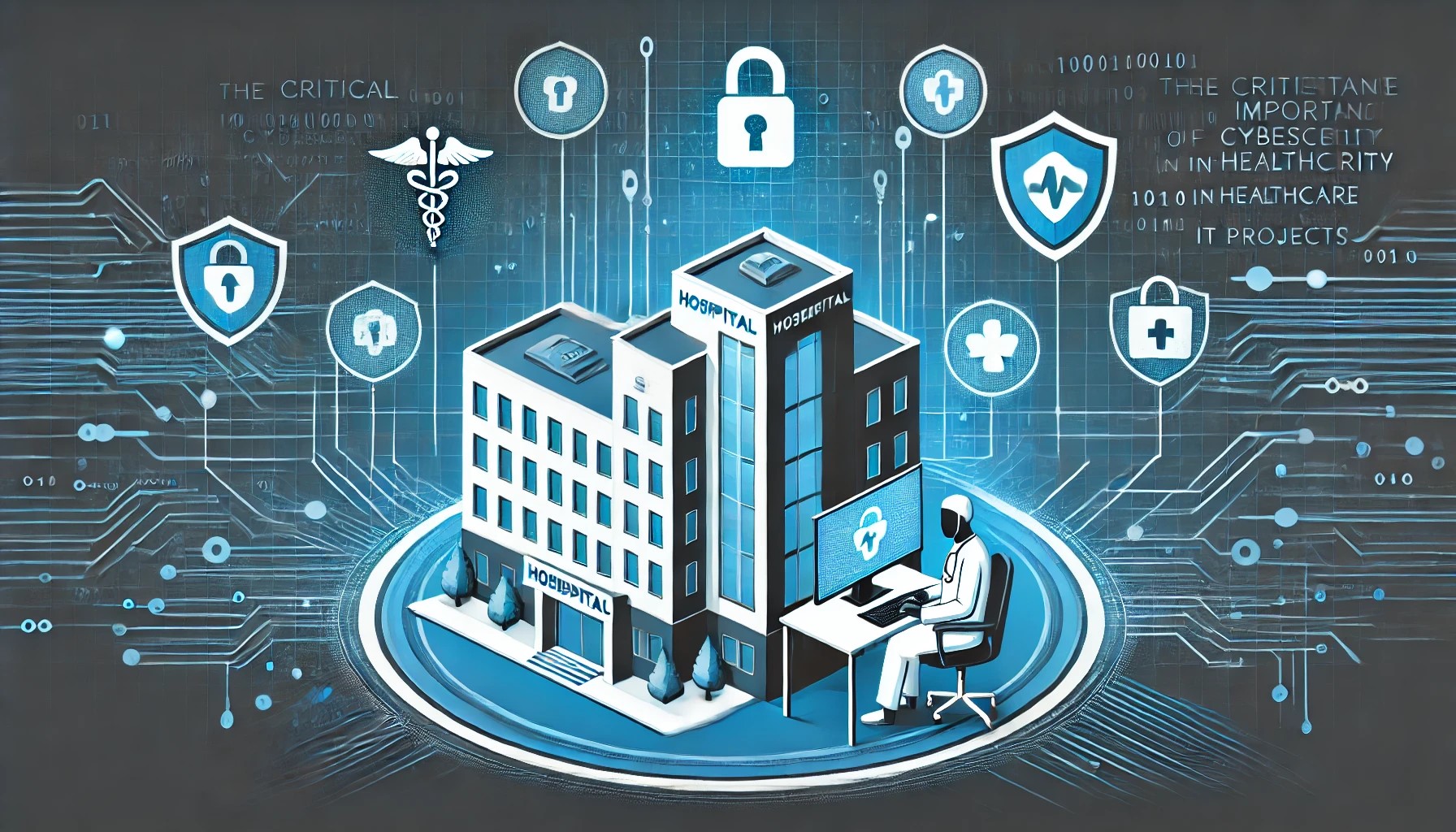AI and Automation: The Future of Strategic Planning in Projects
Artificial intelligence (AI) and automation are no longer futuristic concepts—they are integral to how we work and manage projects today. As industries evolve, project managers face mounting pressure to deliver results faster, within budget, and with higher precision. To meet these demands, many are turning to AI and automation as tools for enhancing strategic planning, streamlining operations, and achieving project success.
In Southern California, a region that blends cutting-edge technology, dynamic industries, and sustainability initiatives, AI and automation are transforming project management. From optimizing large-scale logistics in the Inland Empire to innovating the entertainment industry in Los Angeles, these technologies are proving to be indispensable. Let’s dive deeper into how AI and automation are reshaping the landscape and explore their practical applications through real-world examples.
Enhancing Decision-Making with AI Insights
Strategic planning relies on data-driven decision-making, but analyzing mountains of information manually is nearly impossible. AI has stepped in to bridge this gap, offering predictive insights and actionable recommendations that empower project managers to make smarter decisions.
Example: Renewable Energy Optimization
Southern California is a national leader in renewable energy projects, such as the solar farms in the Mojave Desert. Managing these large-scale installations requires monitoring environmental data, equipment performance, and energy production in real time. AI-powered tools like Predictive Analytics for Solar (PAS) analyze weather patterns, anticipate energy output fluctuations, and provide strategies to optimize panel placement.
By using AI to guide these decisions, project managers have reduced installation times and ensured consistent energy production, even under variable conditions. This approach not only maximizes efficiency but also aligns with California’s ambitious clean energy goals.
Automating Routine Tasks for Greater Efficiency
Automation takes on the repetitive tasks that often drain a project manager’s time—think updating schedules, generating reports, or tracking progress. By handling these routine activities, automation allows managers to focus on strategic priorities like team leadership and stakeholder engagement.
Example: Construction Scheduling in the Inland Empire
The Inland Empire’s booming construction industry, fueled by warehouse developments and infrastructure upgrades, relies heavily on automation tools. For instance, project managers overseeing a multi-million-dollar distribution center might use software like Primavera P6 to automate scheduling and resource allocation. When a subcontractor completes a milestone, the system automatically updates the timeline, notifying relevant parties of subsequent tasks.
This streamlined communication reduces delays, minimizes errors, and keeps the project moving efficiently, even with hundreds of interdependent activities in play.
AI-Driven Risk Management
Risks are inevitable in any project, but what sets successful project managers apart is their ability to anticipate and mitigate these challenges. AI excels in risk management by analyzing historical data, identifying patterns, and flagging potential issues before they escalate.
Example: Managing Risks in Public Transportation Projects
Southern California’s public transportation network, including the ongoing Los Angeles Metro expansions, faces significant risks, from regulatory hurdles to budget overruns. AI-driven platforms have been deployed to model risk scenarios and provide actionable recommendations. For example, AI systems can analyze traffic data, construction timelines, and financial projections to highlight potential bottlenecks.
By acting on these insights, project managers have avoided costly delays and ensured compliance with state and federal regulations, keeping projects on track and within budget.
Personalized Project Strategies with AI
One of AI’s most valuable contributions is its ability to tailor project strategies to meet specific needs. By analyzing variables like team dynamics, resource availability, and project complexity, AI tools create customized workflows that maximize efficiency.
Example: Agile Workflow Optimization in Silicon Beach
Silicon Beach, Los Angeles’ tech hub, is home to countless startups and innovation-driven companies. These organizations often operate under tight deadlines and shifting priorities. AI platforms like Jira Align have become essential in creating adaptive workflows for Agile teams.
For example, a tech startup developing an app might use AI to allocate tasks based on team members’ skillsets and bandwidth. The system can dynamically adjust priorities as new challenges or opportunities arise, ensuring the team stays aligned with its goals.
Resource Optimization with AI
Allocating resources effectively is one of the most challenging aspects of project management. AI tools analyze project needs alongside available resources—whether people, equipment, or materials—and recommend optimal utilization strategies.
Example: Film Production in Hollywood
The entertainment industry in Southern California, particularly in Hollywood, operates on tight budgets and precise schedules. AI-driven tools like StudioBinder help project managers allocate resources such as filming locations, crew, and equipment.
During the production of a recent blockbuster, the system identified overlapping equipment bookings across multiple shoots. By suggesting alternative scheduling options, the production team avoided costly delays and saved thousands of dollars in overtime fees.
Generative AI: A New Frontier in Project Creativity
Generative AI is reshaping not only how we manage projects but also how we approach creative problem-solving. From drafting project charters to brainstorming innovative solutions, tools like ChatGPT and Jasper are becoming invaluable for project managers.
Example: Enhancing Creative Projects in Los Angeles
In LA’s competitive entertainment and advertising industries, generative AI is helping teams produce high-quality content faster. For example, a marketing agency used AI to generate storyboards and campaign concepts for a client in record time.
Not only did this save hours of brainstorming, but it also provided fresh ideas that aligned perfectly with the client’s brand vision. The result? A highly successful campaign delivered under budget and ahead of schedule.
AI in Sustainability Projects
AI is not just improving efficiency—it’s also enabling sustainability in project management. By optimizing resource use and reducing waste, AI helps projects align with environmental goals.
Example: Smart Water Management in Orange County
Orange County, known for its water conservation efforts, has implemented AI to monitor and manage water use in urban projects. During the development of a new housing complex, AI systems analyzed water flow data to design irrigation systems that minimized waste.
This not only reduced the project’s environmental footprint but also saved thousands of dollars in utility costs, setting a standard for sustainable urban development.
AI and automation are redefining what’s possible in project management. From risk management to resource allocation, these technologies are empowering project managers to deliver better results with less effort. In Southern California, where industries are as diverse as they are dynamic, the adoption of AI and automation is driving innovation, efficiency, and sustainability.
The future of strategic planning isn’t about replacing humans with machines; it’s about enhancing human capabilities. By leveraging these tools, project managers can focus on what truly matters: leading their teams, building relationships, and driving meaningful outcomes. As we look to the future, one thing is clear—those who embrace AI and automation today will be the leaders of tomorrow.




